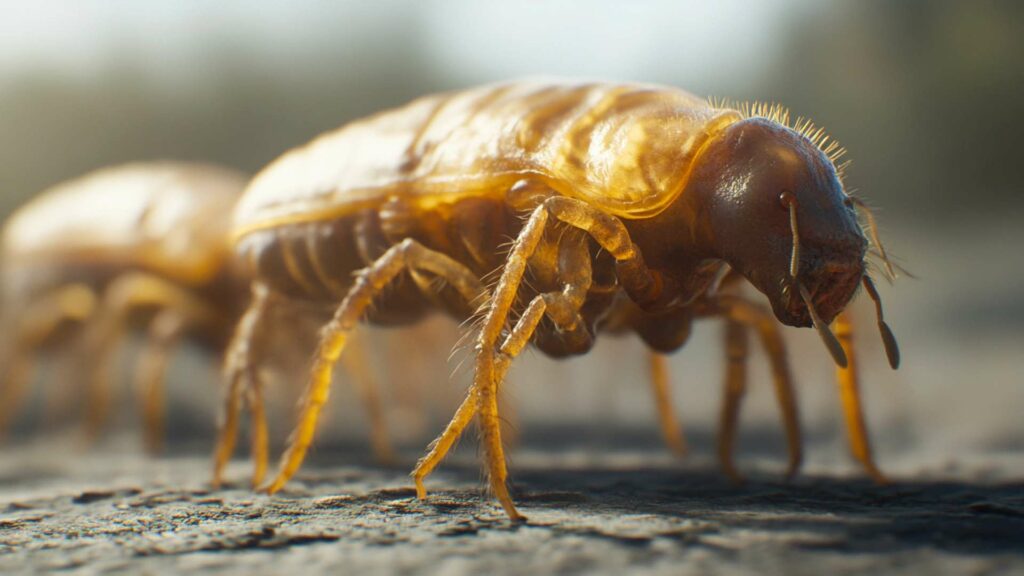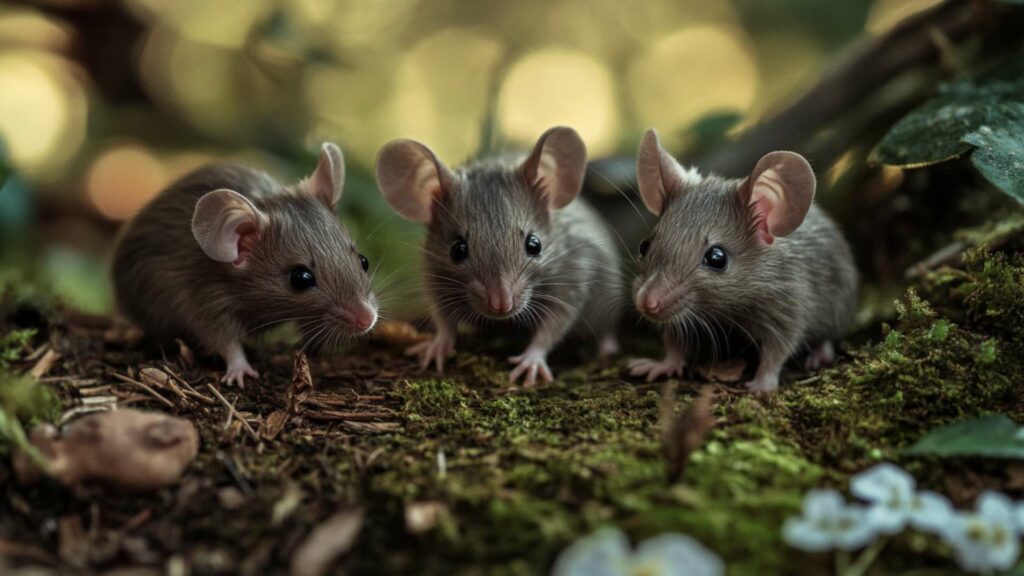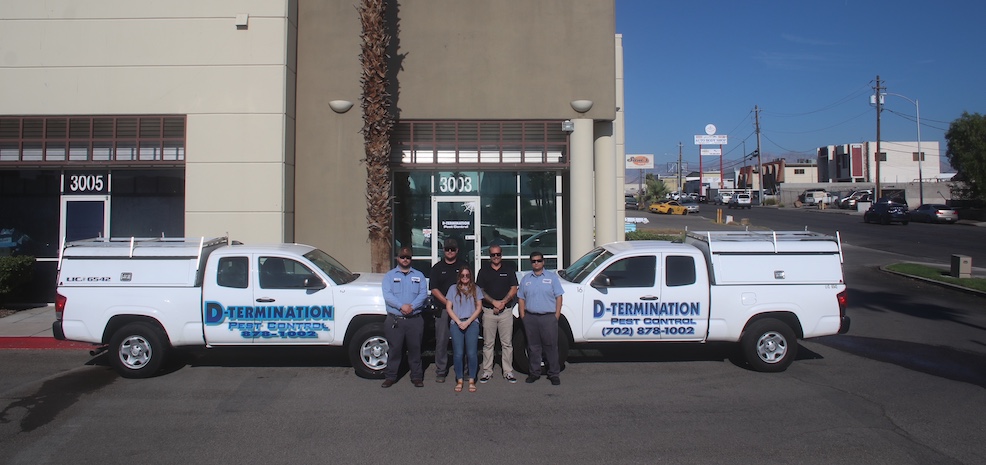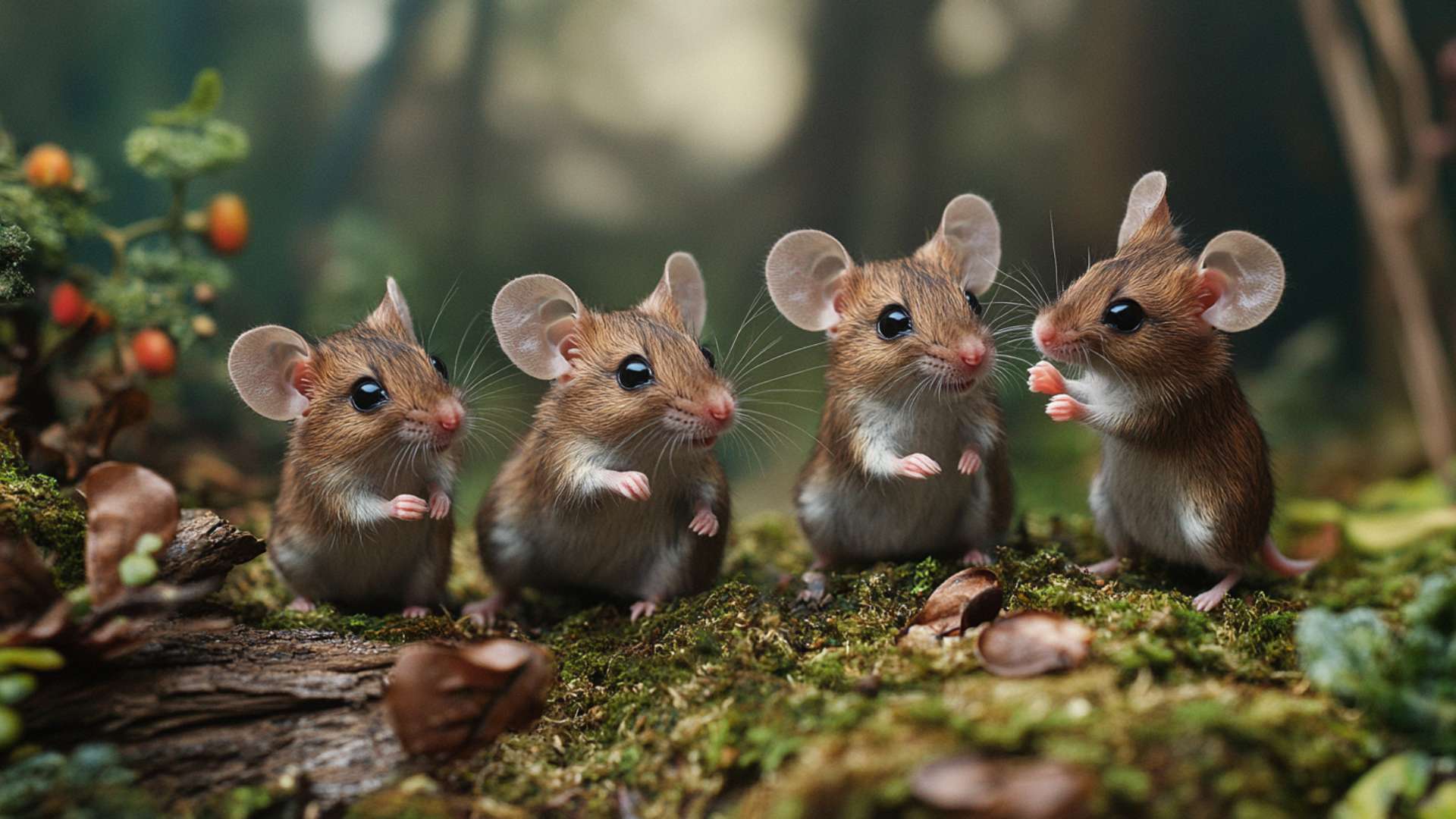The Squeaky Problem
Mice are a common pest that many farmers and agricultural workers have to face on a daily basis. While they may seem like harmless creatures, they can cause significant damage to crops, equipment, and even livestock.
They also pose a health risk by leaving droppings and urine that can contaminate food supplies. This is why mice control is essential for maintaining a healthy and productive farm or agricultural setting.
Are you amazed by the adaptability of mice? Delve into the captivating world of mouse survival skills in our article, Mouse Tales: A Look At The Surprising Adaptability Of Mice In Different Environments. Uncover their ability to thrive in different habitats and understand the factors that contribute to their success.
Getting Rid of the Critters: An Overview of Mice Control Strategies
When it comes to mice control, there are several different strategies available for farmers and agricultural workers to choose from. These include prevention methods such as keeping the farm clean and tidy, sealing entry points and gaps in buildings, as well as proper food storage.
Trapping methods are also effective, with different types of traps available including snap, live, and glue traps. Other mouse control techniques involve using chemical rodenticides or natural predators such as cats or owls.
In the following sections of this article, we will take an in-depth look at each of these strategies for controlling mice in farms and agricultural settings. By understanding the different methods available for rodent control – both conventional and innovative – farmers will be better equipped to tackle these pesky rodents head-on!
Prevention Methods
The Importance of Keeping the Farm Clean and Tidy

Mice are incredibly resourceful creatures that can thrive in almost any environment. Farms are particularly attractive to them as they provide ample space, food, and shelter.
However, if you want to control mice on your farm, one of the best prevention methods is to keep it clean and tidy. Mice will find it difficult to survive in an environment where there is no food or clutter for them to hide in.
Clean up any spilled grain or empty feed bags immediately after use. Ensure that all farm equipment is free of debris because small bits of food can attract mice.
Keep grass short around buildings because untrimmed grass creates an ideal habitat for rodents looking for shelter. Regularly inspect areas like compost piles and remove any dead rodents or rat droppings as they can spread disease.
Sealing Entry Points and Gaps in Buildings
Mice are tiny creatures that can squeeze through very small openings, so it’s essential to seal all entry points into your buildings. A mouse only needs a gap the size of a dime to gain access! Walk around your buildings with a keen eye and fill gaps with steel wool or caulking compound.
Pay close attention to areas where utility pipes enter buildings – these are often overlooked but provide easy access for pests. Use weather stripping around doors and windows as well as door sweeps at the base of doors to prevent entryways from becoming an open invitation.
Proper Food Storage

Food storage is crucial if you want to control rodents on your farm. Mice love grain feed, fruits, vegetables – anything edible!
Make sure all food items are stored in secure containers with tightly fitted lids made from hard materials such as plastic or even metal cans. If you have large quantities of grain feed stored on your farm, consider purchasing storage containers specifically designed for feed storage that will prevent pests from accessing them.
And always keep the containers clean to remove all traces of food that could attract other rodents. Remember, prevention is key when it comes to controlling rodents on your farm, and these simple measures can go a long way toward keeping these unwanted guests at bay.
Trapping Methods: The Best Way to Control Rodent Populations

Trapping is an effective rodent control method that can help farmers reduce the population of rats and mice on their farms. There are three main types of traps available: snap, live, and glue boards. Snap traps are the most common type of trap used for rodent control. These rodents will be looking to do things like find shelter, or find food wherever it is you store feed, so it is important to take notice in where a mouse or mice might leave droppings and put forward the proper rodent proof materials needed to stop them.
They work by using a spring-loaded bar to quickly kill the rat or mouse when it takes the bait. Snap traps are easy to use and relatively inexpensive, making them an attractive option for farmers who need to control rodents on a budget.
However, it’s important to place them in areas where livestock cannot access them as they could cause harm. It’s also crucial to check snap traps regularly and dispose of any dead rodents properly.
Live traps are another trapping method that can be used for rodent control. They work by trapping the rodent in a cage where they can be safely released elsewhere later on.
Live traps are ideal for situations where farmers want to avoid killing rodents or when using poison may not be safe due to potential contamination of animal feed or human contact with animal urine or feces which could transmit diseases like bubonic plague from infected rats. Like snap traps, live traps should also be checked regularly and disposed of properly after use.
Placement and Maintenance: Key Factors in Effective Rodent Control Strategy
Once you have chosen the type of trap you will use, proper placement and maintenance are crucial factors in ensuring effective rodent control on your farm or agricultural setting. For snap traps, place them near nesting sites or along walls where rodents tend to travel as they search for food sources like compost piles or leaking water pipes with access water sources nearby which is critical for their survival. Additionally, regular cleaning around these areas will help prevent a future rodent infestation by removing possible food sources or hiding spots.
For live traps, place them in areas where rodents are commonly seen, such as along trails or near animal feed. It’s important to ensure the live traps are checked frequently to avoid unnecessary stress on trapped rodents and promptly release them to avoid unintended harm.
Also, it’s crucial to wear gloves while handling live traps and take all precautions necessary when releasing rodents, as they could carry diseases. For glue traps, place them in areas with high rodent activity such as poultry houses or other locations where livestock is kept.
However, caution should be exercised when using glue traps as they can cause harm to animals and should be properly placed away from possible contact with other traps or animals. By following these guidelines for trapping methods, placement, and maintenance of traps farmers can have an effective rodent control strategy and protect their farms from potential damages caused by rat infestations.
Chemical Control Methods
Types of Rodenticides Available
Rodenticides are chemicals that are designed to kill rodents. They come in different forms such as baits, pellets, and powders. The most commonly used rodenticides are anticoagulants which cause internal bleeding in rodents that ingest them.
Other types of rodenticides include acute toxins, which cause death shortly after ingestion, and non-toxic repellents that deter rodents from entering a certain area. When choosing a rodenticide, it is important to consider the specific needs of your farm or agricultural setting.
For example, if you have a lot of animal feed around, you may want to choose a bait that is not attractive to other animals. You should also consider the potential for secondary poisoning – when predators or scavengers eat poisoned rodents and become sick themselves.
Proper Usage and Handling of Rodenticides
When using rodenticides, it is essential to follow instructions carefully and take proper precautions. Wear gloves when handling the product and make sure to store it out of reach of children and pets. Place bait boxes in areas where they will be inaccessible to humans.
It’s also important to identify nesting sites and entry points for rodents before placing bait stations or applying rodenticides. This can help prevent rodent infestation in the future.
After applying rodenticides, monitor the area for any signs of activity such as droppings or dead rodents. If you do find dead animals, dispose of them carefully by burying them deep underground or double-bagging them in plastic before throwing them away.
Chemical control methods can be an effective way of controlling rats and mice on farms but must be used with caution due to their toxicity. Choose the right type of bait for your situation and follow instructions carefully while taking all necessary precautions including identifying potential nesting sites and entry points.
Biological Control Methods
Introduction to natural predators (cats, owls, snakes)
When it comes to controlling rodent populations on farms, natural predators can be incredibly effective. Some of the most common natural predators of mice and rats are cats, owls, and snakes. These animals can help keep rodent populations under control by hunting and eating rodents.
Cats are an especially good option for controlling mice on farms because they are skilled hunters that can catch a lot of rodents in a short amount of time. Farmers may already have cats on their property for this reason, but if not, they can consider adopting or fostering cats from local animal shelters.
Owls are also great at hunting rodents and can provide an environmentally-friendly solution to rodent infestations. Farmers can encourage owls to make their homes on their properties by installing owl boxes or locating existing nests in trees or buildings.
Encouraging the presence of natural predators on farms
In addition to providing shelter for natural predators like cats and owls, farmers can take other steps to encourage these animals to hunt rodents on their property. This includes providing food and water sources for outdoor cats or placing nesting material in areas where owls are known to live.
Snakes are another important predator that farmers should consider when it comes to controlling rats and other rodents. Some species of snakes will actively hunt small mammals like mice and rats, making them a valuable addition to any farm ecosystem.
Farmers who want to encourage the presence of snakes on their property should provide cover by planting vegetation or installing snake dens made from PVC pipe. By encouraging the presence of natural predators like cats, owls, and snakes on their properties, farmers can effectively control rodent populations without resorting to poison baits or other equipment that could put humans at risk for secondary poisoning or accidental exposure.
Integrated Pest Management
Integrated Pest Management (IPM) is a comprehensive and holistic approach to pest control that seeks to combine multiple strategies for the most effective results. IPM recognizes that controlling rodents requires more than just one method, and so it utilizes various techniques to combat the infestation.
The approach first involves identifying the type of rodent present, then assessing their population size and distribution before finally selecting appropriate strategies that take into account environmental factors. One major benefit of IPM is that it minimizes the use of chemical control methods, which can have negative effects on humans, other animals, and the environment.
Instead, IPM focuses on preventing pests from gaining access to food sources while also addressing existing infestations through a combination of trapping and biological controls. However, one drawback to this approach is that it can be time-consuming and require significant effort from farmers or agricultural workers who may not have enough resources or expertise in pest management techniques.
Combining Multiple Strategies
Combining multiple strategies for rodent control can be highly effective in completely eliminating or at least reducing their populations in farms and other agricultural settings. Some commonly used rodent proof methods include setting mouse traps around feeding sites as well as sealing entry points such as holes in walls or electrical components where rodents can gain access. Farmers can also utilize natural predators such as cats or owls to help control rodents by encouraging nesting sites on farms.
However, one important thing to note when combining these various strategies is that they should be used together rather than separately. For example, setting mouse traps without sealing entry points will not prevent new rodents from entering the premises while sealing entry points without trapping existing rodents will only solve half of the whole rodent problem.
In addition, using chemical rodenticides alongside natural methods like cat predators may be counterproductive since the poison could spread disease if ingested by cats. Controlling rodent populations in farms and agricultural settings is crucial for preventing crop damage and the spread of disease.
Farmers should adopt a multi-faceted approach that utilizes a combination of prevention, trapping, chemical and biological controls, and IPM strategies to achieve optimal results. This requires careful planning and execution to ensure minimal harm to humans, other animals, or the environment while effectively addressing rodent infestations.
Recap on the Importance of Mice Control in Farms and Agricultural Settings
Mice are a common problem in farms and agricultural settings, and they can wreak havoc if left unchecked. They are notorious for damaging crops, contaminating feed, and spreading disease. Therefore, it is essential to take mice control seriously to prevent losses and ensure food safety.
In this article, we have explored different strategies for mice control in farms and agricultural settings. These include prevention methods such as cleaning up the farm regularly, sealing entry points and gaps in buildings, and proper food storage.
We have also discussed trapping methods such as snap traps, live traps, or glue traps that help capture mice without harming them. Furthermore, we have explored chemical control methods such as using rodenticides like bromethalin that kill rodents quickly but require careful handling.
Emphasis on the Need for a Multi-Faceted Approach to Achieve Effective Results
While each method of mice control has its advantages and disadvantages when used alone, combining multiple mice control strategies for farms and agricultural settings can achieve more effective results. For instance, farmers can adopt an integrated pest management approach by combining prevention methods with trapping methods or chemical control methods.
Other possible measures include introducing natural predators like cats or owls to the farm or keeping grass short to further eliminate mice nesting sites. Steel wool or sheet metal can be used to block entry points into buildings while fixing electrical components or leaking pipes helps reduce water sources that attract mice.
Effective rodent control strategy is vital for any farm operation that wants to maintain a healthy environment for humans and livestock alike while preventing economic losses due to crop damage or contamination of feed supplies. By adopting a multi-faceted approach tailored to their unique circumstances using humane trap systems like snap traps or live capture cages alongside baits such as too much calcium pellets designed specifically against rodents’ digestive systems – farmers can control their mouse populations and prevent future infestations.
D-Termination: Las Vegas’ top-rated pest control service for eliminating rats and mice

Are you fed up with dealing with rats and mice in your Las Vegas property? Look no further than D-Termination for the ultimate solution. Our experienced team specializes in eradicating these troublesome rodents, bringing back tranquility to your space. Bid farewell to rat and mouse problems by selecting D-Termination for effective pest control today!
Get in touch with us at 702-919-6310 or visit dtermination.com to schedule your rodent control service and reclaim your space from unwelcome guests.
Frequently Asked Questions:
The best methods for mice control include sealing entry points, setting traps, using rodenticides, maintaining cleanliness, and seeking professional help if needed.
Five methods of controlling rodents include sealing entry points, setting traps, using rodenticides, implementing sanitation practices, and employing ultrasonic devices.
To keep rats and mice out of farm equipment, ensure proper storage, seal any openings, remove food sources, and consider using rodent repellents or traps.
The third basic strategy for controlling rodents is implementing effective sanitation practices, which includes removing clutter, storing food properly, and regularly cleaning areas prone to rodent activity.
If you found this article enjoyable, you might also find interest in the following suggested content:
Mice In The Workplace: How To Keep Your Commercial Building Rodent-Free
Rodent-Free Haven: Strategies For Keeping Mice Out Of Your Outdoor Space And Garden








